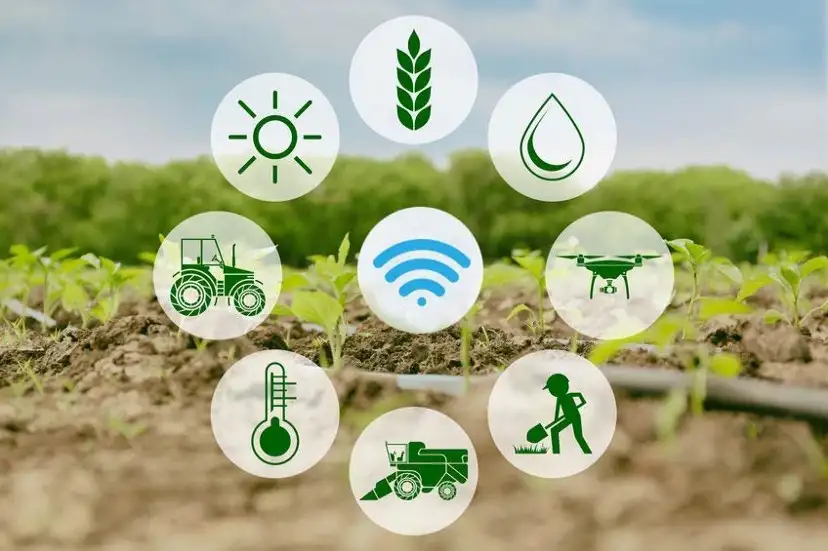Short Term Rural Cooperative Credit Structure (STCCS):
- Three- tier structure of (STCCS)
- State Cooperative Banks (StCBs) at the state level,
- District Central Cooperative Banks (DCCBs) at the district level, and
- Primary Agriculture Credit Societies (PACS) at the village level.
- The objective of this model:
- To provide timely, adequate, and affordable cooperative credit to the farmer members, and
- To realize social, economic, and political objectives ranging from self-help and grassroot level community participation to production, distribution, and social control over resource allocation and mobilization.
Issues and Challenges of Cooperative Credits:
- The gradual institutionalisation of rural credit witnessed the presence of several commercial banks and microfinance institutions operating through cutting-edge technologies.
- The rural banking space has become tremendously competitive for cooperatives.
- The cooperative credit institutions could not compete due to their inability to adopt technology enabled solutions.
- The most common issues are ensuring good office management systems, transparency, good governance and professionalisation, product innovation speed, service delivery, etc.
ECOBANet: Ernakulam Cooperative Bank’s Network:
It is an integrated technology platform of Ernakulum District Central Coop. Bank (EDCCB) located at Kochi.
Functions and Features:
- Brings all credit institutions affiliated to EDCCB on a common tech-based platform.
- Allows grassroot member institutions PACS to provide modern banking services to the members on a real time basis.
- Function as technology driven financial service providers whereby, they deliver a range of services to their members.
- Example: Direct Benefit Transfers (DBTs), RuPay Cards, RTGS / NEFT, mobile passbook services, e-commerce services, and account opening services.
- Allows members to open Aadhaar enabled savings bank and KCC accounts at PACS level itself with real-time monitoring at the DCCB level.
Conclusion: Digitisation calls for a complete transformation of the agriculture credit system so that cooperative credit activities are aligned with national priorities such as financial inclusion, sustainable agriculture, and the enhancement of farm incomes.

